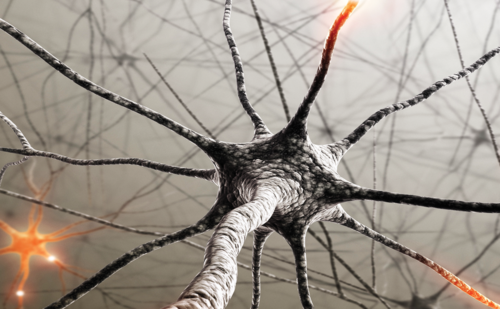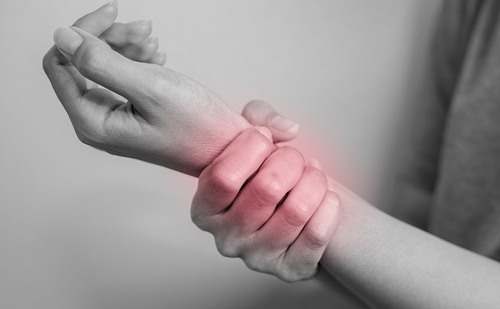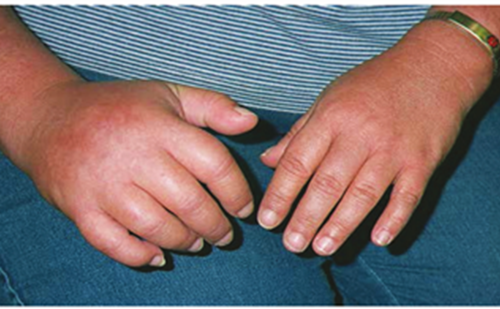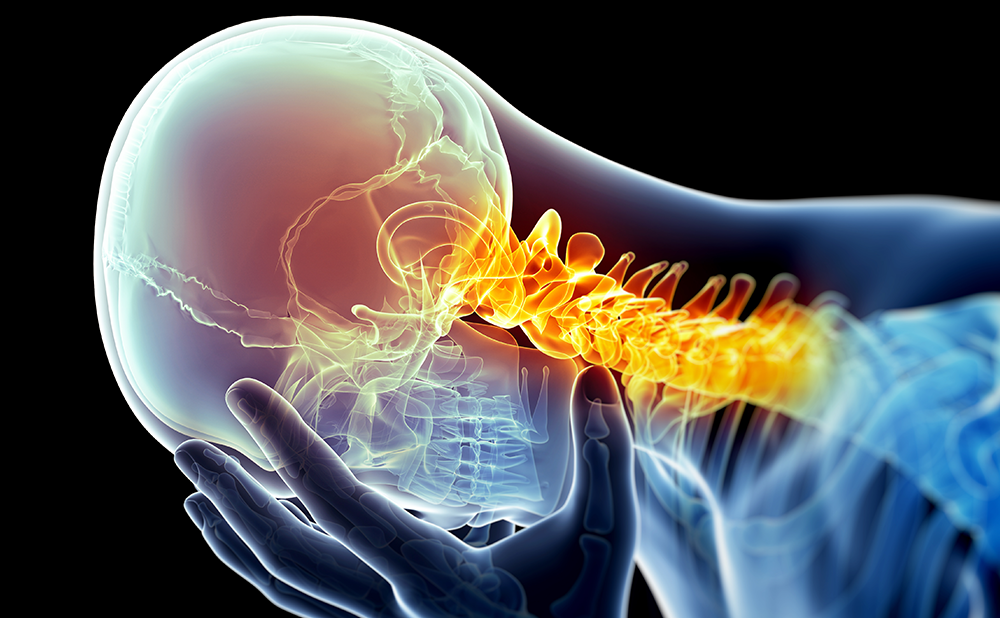Current pharmacological therapy for chronic pain and Parkinson’s disease (PD) is insufficient for all patients or disease stages. Chronic pain treatments may have side effects limiting their use and PD therapies can cause severe motor complications after only a few years. Using the body’s intrinsic electrical circuits, neurostimulation is an effective and well-tolerated alternative, with >50% pain relief in 62–67% of patients. In PD, neurostimulation provides significantly improved quality of life (QOL) (improvement in total score by up to 62%)1 and motor function of up to 60%.
However, greater awareness of the benefits of neurostimulation is needed, as many suitable patients currently have limited access to them. Medtronic calls for partnerships with European physicians to educate and participate in on-going research to fulfil the potential of neurostimulation. Despite two decades of progress in the treatment of chronic neuropathic pain and neurological disorders, there is still a way to go to ensure that all patients receive effective therapy.
Present pharmacological treatments deliver statistically significant efficacy in clinical trials, but may not be suitable for all patients at all stages of disease. For example, only 38–50% of patients achieve greater than 50% of neuropathic pain relief with pharmacological therapy.2 The side-effects experienced with the polypharmacy typically deployed for neuropathic pain (sedation, cognitive impairment, somnolence, nausea, constipation) can drastically affect QOL for patients and are a major barrier for use in certain populations, such as the elderly.3
Similarly, after 10 years of levodopa therapy, up to 80% of PD patients develop motor complications.4 These can be severely disabling and have a drastic impact on the QOL for patients and can increase healthcare costs.5
This has resulted in a significant unmet need for a group of patients refractory to pharmacological therapy and/or suffering from unpleasant drug side effects. A variety of groups are focusing on the identification of drug-refractory patients and work is on-going in many areas to identify at the stage at which alternatives to pharmacological therapy should be considered.
Neurostimulation – Mechanism of Action
In neuropathic pain, neurostimulation of nociceptive pathways in the spinal cord modulates pain transmission by suppressing the hyper-excitability of neurons.6 In idiopathic PD, stimulation of parts of the brain that control movement, such as the subthalamic nucleus or the globus pallidus, have been shown to block the signals that cause motor complications and alleviate symptoms.7
Neurostimulation has been clinically demonstrated to have significant promise in improving the quality of life of patients with neuropathic pain and idiopathic PD that is refractory to pharmacological therapy, with a clear benefit in the most difficult to manage patients.1,8,9 In a systematic literature review of patients with PD who underwent deep brain stimulation (DBS), disease-specific quality of life scores (PDQ-39 a Parkinson’s specific quality-of-life rating scale) were improved by levels of up to 62%.1
Clinical Outcomes with Neurostimulation
Neuropathic pain
Systematic reviews have shown that spinal cord stimulation (SCS) provides over 50% long-term pain relief in 62–67% of patients with complex regional pain syndrome (CRPS), chronic back and leg pain and failed back surgery syndrome.10,11 A mean reduction in the visual analog scale (VAS) of pain was also seen and 70% of patients were satisfied with their therapy (see Table 1).10 These findings demonstrate that neurostimulation is well-tolerated, with a low rate of complications and no major adverse events.10,11
Idiopathic PD
DBS has been shown to improve motor scores in patients with PD by 33–60%, and extends the percentage of ‘on’ time more than two-fold after six months of therapy.7,12 This benefit is sustained long-term, through five years of DBS treatment12 and allows a significant reduction in the levodopa equivalent daily dose,13 with levodopa being completely withdrawn in some patients.14,15
Neurostimulation is also indicated for use in essential tremor and primary dystonia, and studies are on-going to investigate new areas for the use of this therapy. These studies include randomised controlled trials (see Table 2) for central pain (motor cortex stimulation (MCS)), migraine (occipital neurostimulation) and epilepsy (DBS of the anterior nucleus of the thalamus).
Neurostimulator systems are usually implanted by experienced practitioners. Before implantation, physicians can screen patients (from physical to psychological assessments) to determine the likely success that can be achieved before committing to system implantation. A trial procedure can also be conducted before continuing with the procedure.
For SCS in neuropathic pain, the implantation procedure takes about two hours on average and can be performed in over 800 centres in Europe. Implantation of a DBS device takes about 4–8 hours and is performed in about 180 centres in Europe.
Despite the challenges posed by these procedures, neurologists, neurosurgeons, anesthetists and pain specialists are teaming up to create referral networks around Europe to alleviate pain and improve QOL for thousands of European patients each year.
Call to Action
It is clear that the relatively simple approach to harness natural electrical circuits results in a treatment solution that has good efficacy and does not cause motor complications or the development of cognitive, gastrointestinal (GI) or other major side effects.
However, currently drug-refractory patients with neuropathic pain are routinely treated with conventional medical management, which may not be appropriate to the individual’s pain experience. PD patients are also needlessly suffering from excessive tremor and motor complications, which severely impact their QOL, when alternative treatments are available.
From the beginning, Medtronic has pioneered the development of neurostimulation and has become the world’s leading medical technology company. However, there remains a great need for more effective treatment of neuropathic pain and neurological disease. Medtronic therefore extends an invitation to neurologists throughout Europe to share in the development of the necessary and exciting potential of neurostimulation technology.
Education on the benefits of neurostimulation is essential at all levels. This therapy is still met with false preconceptions or scepticism by some physicians, resulting in the under-prescribing of a potentially more effective and economical alternative.
The use of pacemakers, defibrillators and other cardiac devices is commonly accepted for patients who do not respond to pharmacological interventions (e.g. antiarrhythmic medications). In the case of neurostimulation, greater awareness of the considerable benefits of these therapies is the first step to widen access. Teaming up with people from the industry will enable this to be achieved.
The evidence base for current indications of neurostimulation is good; however, more research is needed to identify which patients are most suitable for this therapy. Large-scale, randomised, controlled trials are on-going in new therapy areas and they will continue to elucidate the benefits of neurostimulation. The next two years will see completion or near completion of a multitude of clinical trials (including those in Table 2).
Medtronic would like to appeal to physicians who are involved in basic research, clinical trials or clinical practice. Medtronic hopes to work in partnership to help bring the benefit of neurostimulation therapies to alleviate pain and improve the quality of life for many more patients in Europe.■













